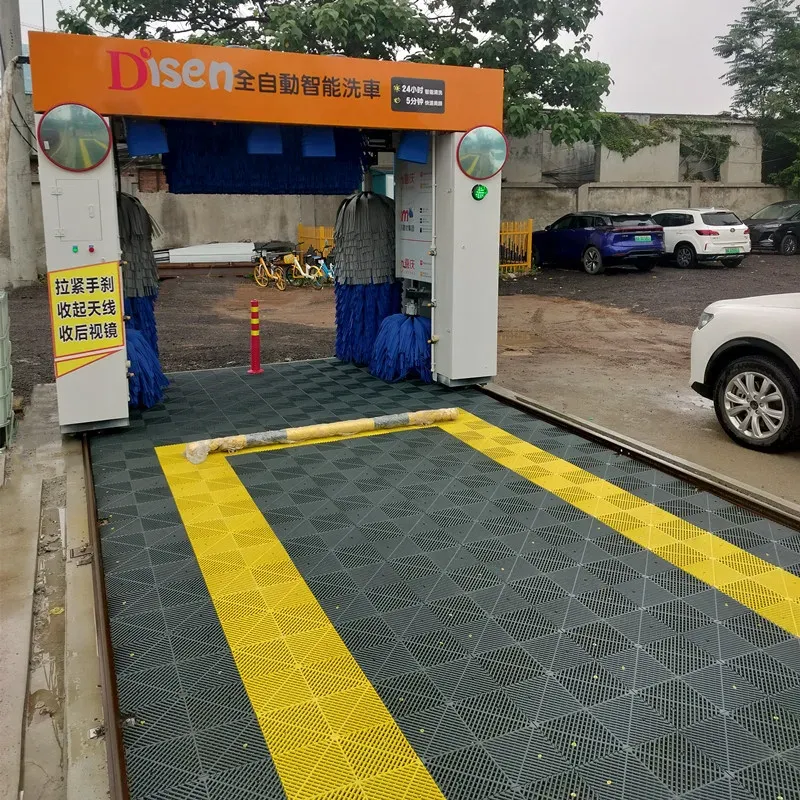
- Afrikaans
- Albanian
- Amharic
- Arabic
- Armenian
- Azerbaijani
- Basque
- Belarusian
- Bengali
- Bosnian
- Bulgarian
- Catalan
- Cebuano
- Corsican
- Croatian
- Czech
- Danish
- Dutch
- English
- Esperanto
- Estonian
- Finnish
- French
- Frisian
- Galician
- Georgian
- German
- Greek
- Gujarati
- Haitian Creole
- hausa
- hawaiian
- Hebrew
- Hindi
- Miao
- Hungarian
- Icelandic
- igbo
- Indonesian
- irish
- Italian
- Japanese
- Javanese
- Kannada
- kazakh
- Khmer
- Rwandese
- Korean
- Kurdish
- Kyrgyz
- Lao
- Latin
- Latvian
- Lithuanian
- Luxembourgish
- Macedonian
- Malgashi
- Malay
- Malayalam
- Maltese
- Maori
- Marathi
- Mongolian
- Myanmar
- Nepali
- Norwegian
- Norwegian
- Occitan
- Pashto
- Persian
- Polish
- Portuguese
- Punjabi
- Romanian
- Russian
- Samoan
- Scottish Gaelic
- Serbian
- Sesotho
- Shona
- Sindhi
- Sinhala
- Slovak
- Slovenian
- Somali
- Spanish
- Sundanese
- Swahili
- Swedish
- Tagalog
- Tajik
- Tamil
- Tatar
- Telugu
- Thai
- Turkish
- Turkmen
- Ukrainian
- Urdu
- Uighur
- Uzbek
- Vietnamese
- Welsh
- Bantu
- Yiddish
- Yoruba
cleaning car engine with pressure washer
Cleaning Your Car Engine with a Pressure Washer A Step-by-Step Guide
Cleaning your car engine can feel like an intimidating task, but with the right tools and techniques, it can be a straightforward and rewarding process. One of the most effective tools for engine cleaning is a pressure washer. Using a pressure washer can remove dirt, grease, and grime efficiently, leaving your engine looking fresh and new. However, it’s crucial to approach this task with caution to avoid damaging any sensitive components. Here’s a step-by-step guide on how to clean your car engine with a pressure washer safely and effectively.
Step 1 Gather Your Supplies
Before you begin, make sure you have all the necessary supplies. You'll need
- A pressure washer (ideally with adjustable pressure settings) - A garden hose - Engine degreaser - Soft brush or sponge - Plastic bags or aluminum foil (for covering sensitive parts) - Safety goggles and gloves - Towels or rags for drying
Step 2 Prepare the Engine Area
Start by letting your engine cool down. A hot engine can cause burns or damage during the cleaning process. Once it has cooled, open the hood and assess the engine compartment. Look for any sensitive areas such as electrical components, air intake, and battery terminals. To protect these parts, cover them with plastic bags or aluminum foil to prevent water and degreaser from causing any issues.
Step 3 Apply Engine Degreaser
Using the engine degreaser, spray it generously over the dirty areas of the engine. Make sure you follow the manufacturer’s instructions for the best results. Allow the degreaser to sit for a few minutes to break down the grease and grime. If necessary, use a soft brush or sponge to agitate heavily soiled areas, making it easier for the degreaser to lift the dirt.
Step 4 Set Up the Pressure Washer
cleaning car engine with pressure washer

Set up your pressure washer according to the manufacturer’s instructions. If your pressure washer has adjustable pressure settings, set it to a low or medium level (around 1200 to 1500 PSI is generally safe for use on engines). High pressure can dislodge components or force water into places where it shouldn’t go, so it’s best to err on the side of caution.
Step 5 Rinse the Engine
With your pressure washer ready, begin rinsing the engine. Start from a distance of about two feet and maintain a consistent distance as you work around the engine. Focus on rinsing away the degreaser and dirt without directly spraying sensitive components. Move your nozzle around to avoid hitting any one part with concentrated pressure for too long.
Step 6 Dry the Engine
After rinsing, remove the plastic bags or foil from the covered parts carefully. Use towels or rags to dry any areas that may have gotten excessively wet. This helps prevent moisture from sitting on electrical components and causing issues. If possible, let the engine air dry for a bit longer.
Step 7 Finish Up
Once your engine is dry, take a moment to inspect it for any remaining dirt or grease. If you see areas that need further attention, you can reapply the degreaser and clean those spots manually. Finally, start your engine and let it run for a few minutes. This will help evaporate any residual moisture.
Conclusion
Cleaning your car engine with a pressure washer can be done safely and effectively if you take the necessary precautions. By following these steps, you not only enhance the appearance of your engine but also contribute to its longevity by removing harmful grime and dirt. Regular engine cleaning can lead to better performance, so make it a part of your vehicle maintenance routine!
-
Integrating Aqua Tunnel Car Wash in Shopping CentersNewsJun.24,2025
-
Gas Station with an Auto Car Wash MachineNewsJun.24,2025
-
Efficiency in Your Aqua Tunnel Car Wash: Power & Water-SavingNewsJun.24,2025
-
Car Wash Business with Advanced Auto Car Cleaning MachinesNewsJun.24,2025
-
Balancing Setup Costs with Aqua Tunnel Car WashNewsJun.24,2025
-
Aqua Tunnel Car Wash: Eco-Design for the Energy-Savvy EntrepreneurNewsJun.24,2025



